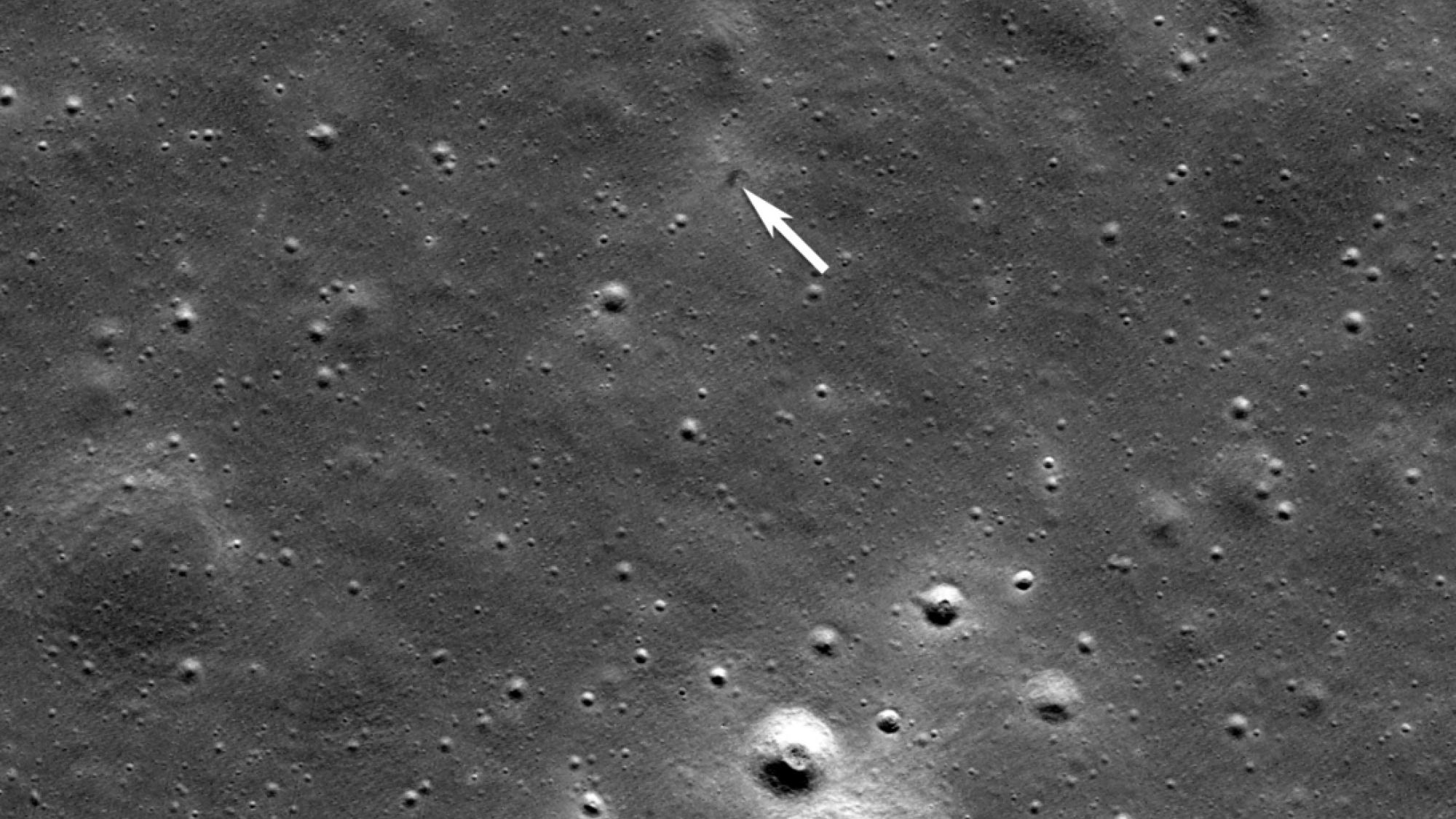CAPSTONE: A pathfinding moon cubesat for the Artemis program
CAPSTONE is a vital step in returning humans to the lunar surface.
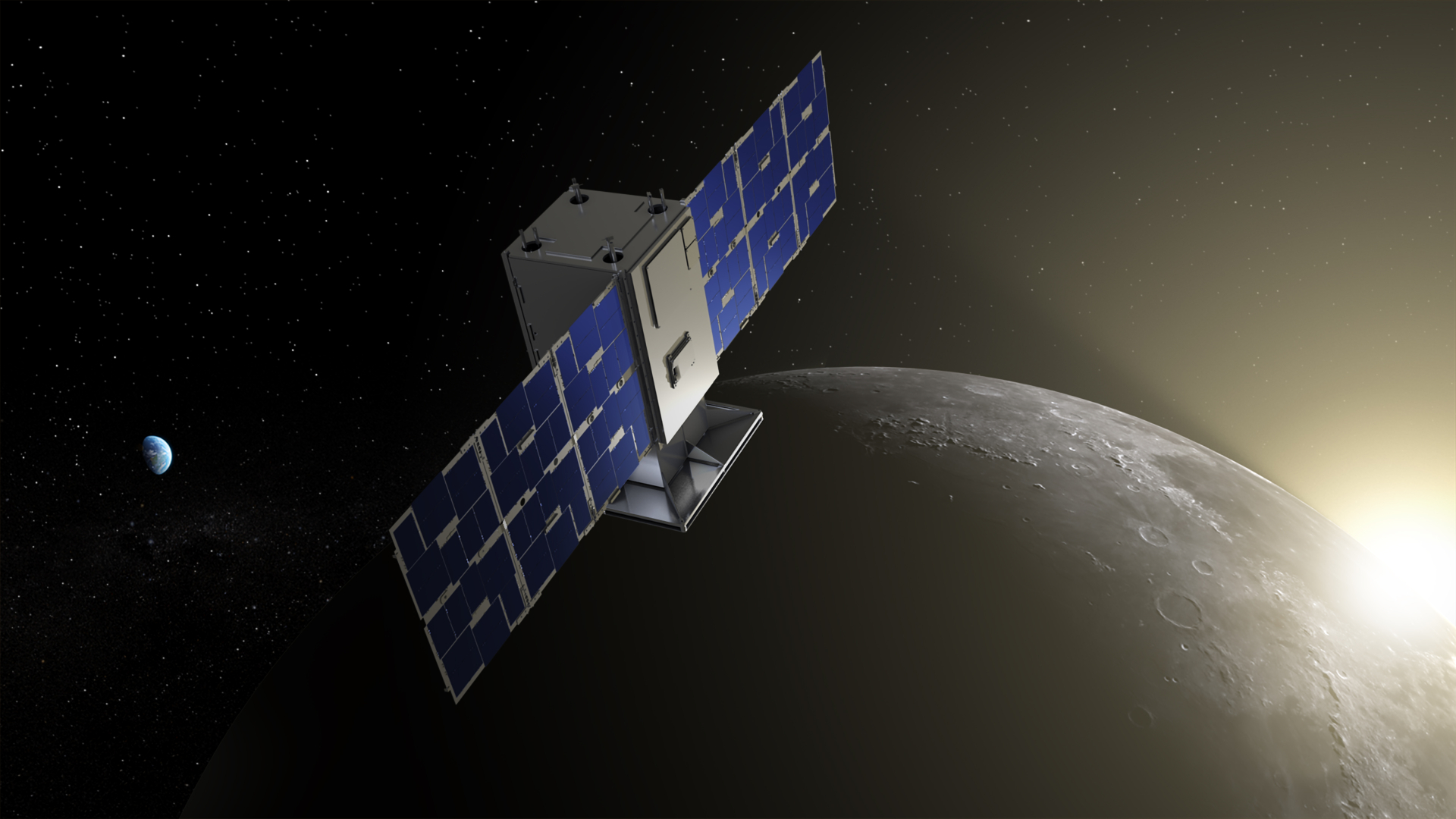
CAPSTONE is an important mission for the next generation of space exploration.
A significant step on this ambitious journey will be a crewed mission to the surface of the moon under the Artemis program. The Cislunar Autonomous Positioning System Technology Operations and Navigation Experiment (CAPSTONE) cubesat will act as a pathfinder for this mission.
Set to launch in 2022, CAPSTONE will orbit the moon assisting the navigation technologies of future missions and verifying the dynamics of a halo-shaped orbit around Earth's natural satellite, thus reducing the risk to future spacecraft.
Ultimately, though the CAPSTONE mission is planned to last just six months, it will assist in the Artemis program, set to land humans on the lunar surface again by the mid-2020s.
Related: How far is the moon from Earth?
What is the lunar CAPSTONE mission?
CAPSTONE is a cubesat weighing just 55 pounds (25 kilograms) and is about the size of a microwave oven, according to NASA. The craft is kitted out with solar arrays, a camera, and antennae that facilitate communication and navigation.
The low-cost craft was funded by NASA in 2019, meaning the time between development and deployment has been much shorter than is typically seen in space missions.
The overall management of the system is handled by NASA's Small Spacecraft Technology Program within the agency's Space Technology Mission Directorate — based at NASA's Ames Research Center in California's Silicon Valley.
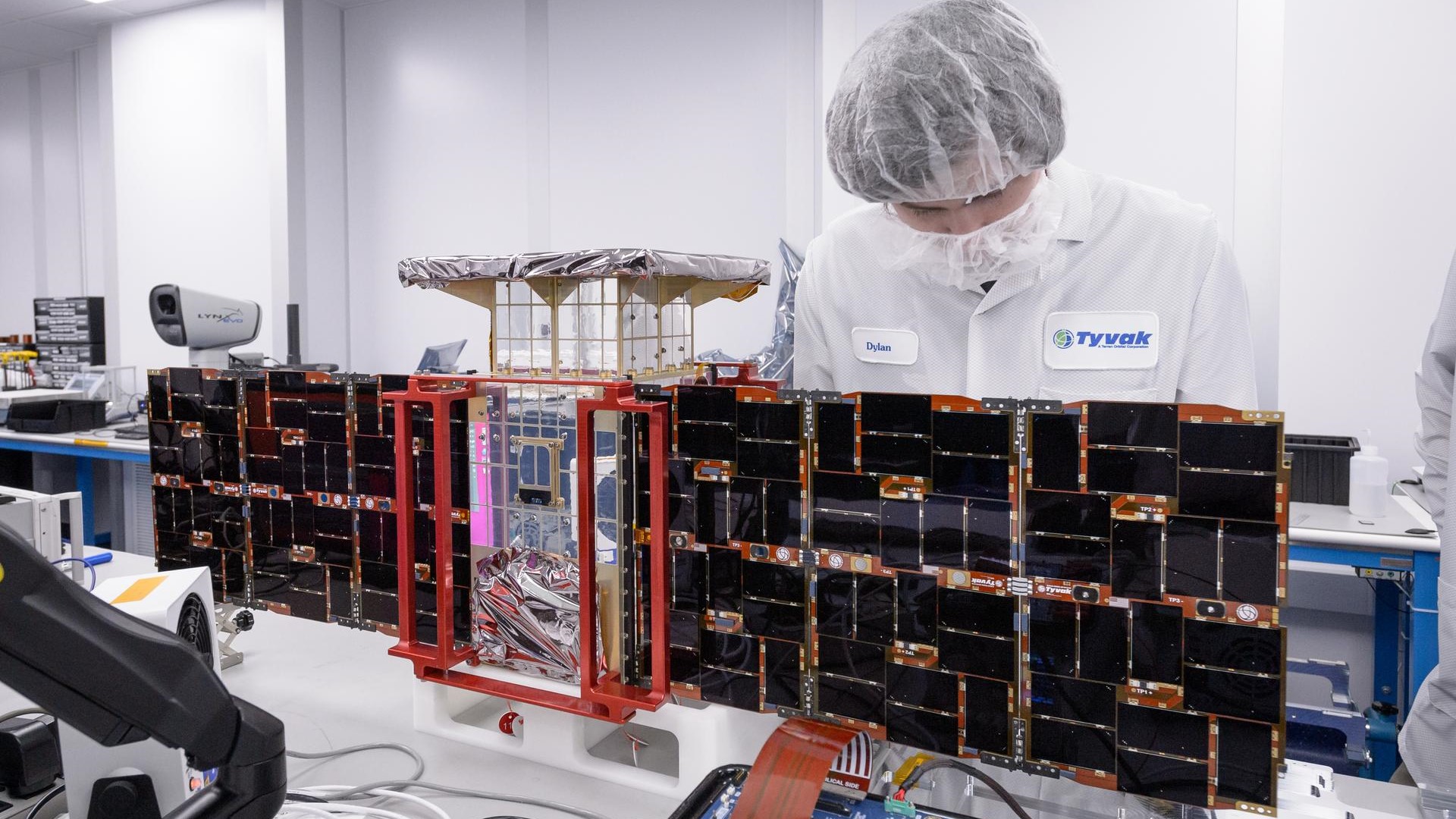
Advanced Space of Westminster, Colorado, has been in charge of developing and operating CAPSTONE as part of a $13.7 million agreement. Advanced Space will become the first commercial entity to operate a craft in an Earth-moon three-body orbit, with the company joining NASA and the Chinese Space Agency as the only agencies to have achieved this thus far. Tyvak Nano-Satellite Systems built the cubesat in Irvine, California, while Stellar Exploration, Inc. of San Luis Obispo, California, has provided the cubesat's propulsion system.
CAPSTONE's launch is managed by NASA's Launch Services Program at NASA's Kennedy Space Center in Florida, with Rocket Lab of Long Beach, California providing launch services as part of a contract with a value of $9.95 million.
When will CAPSTONE launch and how can I watch it?
Advanced Space initially predicted that the CAPSTONE cubesat would leave Earth in 2021, but the launch didn't happen with it pushed from October to 2022.
In mid-March, NASA reported that the launch of CAPSTONE had been delayed to "no earlier than May 31" adding that the launch period extends to June 22, 2022. The earliest launch date was then pushed back again to no earlier than June 6.
The Cubesat moved from the Terran Orbital Corporation in Irvine, California, to Rocket Lab Launch Complex 1 (LC-1) on the Mahia Peninsula of New Zealand on May 9, 2022, in preparation for its June launch.
The launch will be available to watch from home on various platforms including Facebook, Twitter, YouTube, NASA TV, and the NASA app. Space.com will cover the launch and provide specific details on how and when you can watch it closer to the time.
How will CAPSTONE get to the moon?
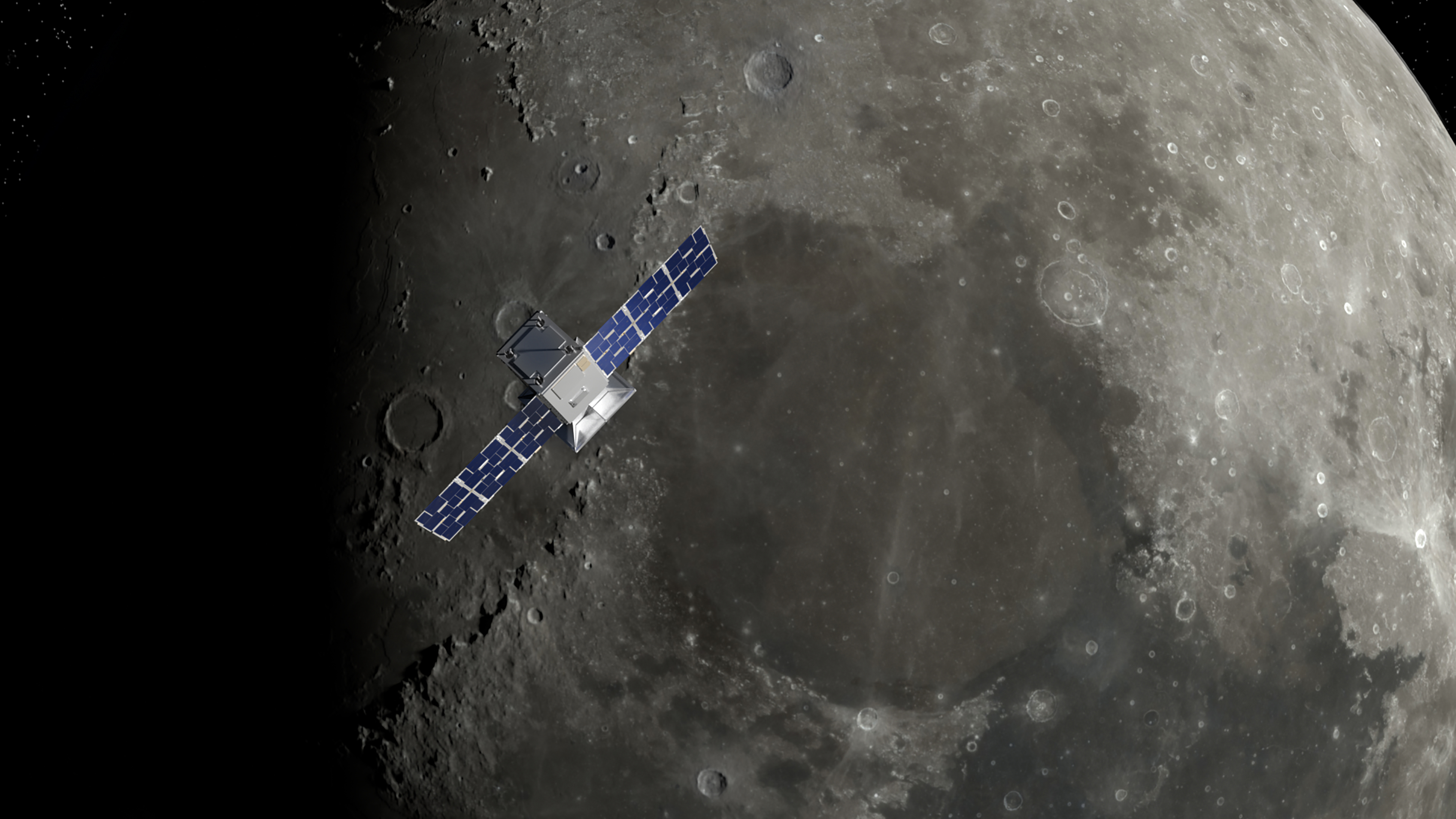
Carrying the tiny CAPSTONE craft to space is an Electron rocket — the first rocket orbital launch vehicle designed and manufactured by Rocket Lab. The reusable rocket designed for the launch of multiple tiny satellites at a time will use a brand-new Lunar Photon satellite upper stage to eject CAPSTONE to a highly efficient transfer orbit to the Moon.
Following an estimated three-month-long journey CAPSTONE will arrive at the moon and orbit within 1,000 miles (1600 kilometers) of one lunar pole during its near passage and to within 43,500 miles (70,000 km) from the other pole at its peak, occurring approximately every seven days.
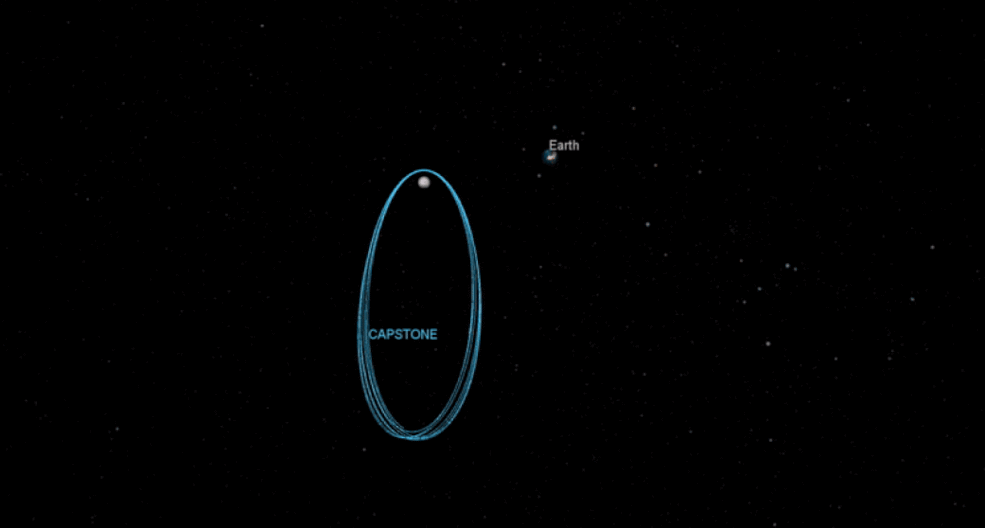
CAPSTONE's primary mission is to test this unique highly elliptical — or flattened — orbit around the moon. Officially called a near rectilinear halo orbit (NRHO) this lunar orbit is located at a precise and stable balance point in the gravitational interaction between the Earth and the moon.
A craft in such a highly elliptical NRHO should require less propulsion when flying to and from the Moon's surface than would be required by craft in more circular orbits. This is because, unlike most halo orbits, an NRHO is marginally stable, requiring the use of small amounts of propellants to maintain.
CAPSTONE will explore such an energy-efficient orbit for six months allowing scientists to assess its characteristics and requirements like power and propulsion that are needed to maintain it. That means the test orbit of CAPSTONE should point to the ideal staging area for future missions to the moon. The cubesat has important objectives beyond exploring an NRHO, however.
How CAPSTONE will help NASA's Artemis moon program
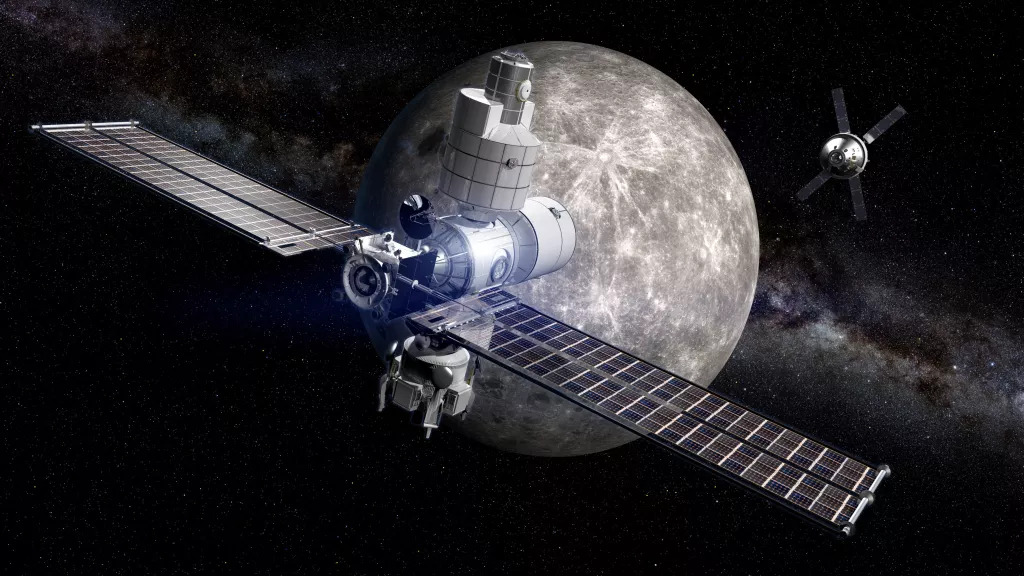
Another of the key tasks of CAPSTONE will be the testing of spacecraft-to-spacecraft navigation systems. Managing this is a second payload comprised of a flight computer and radio calculating CAPSTONE's position in its orbital path.
The cubesat will use NASA's Lunar Reconnaissance Orbiter (LRO) as a reference point, communicating back and forth with its predecessor, which launched in 2009.
This peer-to-peer communication with the LRO will help test CAPSTONE's navigation system — the Cislunar Autonomous Positioning System (CAPS) — which could enable future spacecraft to track their location without the need to communicate with Earth.
The aim of testing both an NRHO and these navigation/communication systems is to establish stability for forthcoming lunar missions such as the lunar Gateway and other, smaller, less costly lunar projects.
The staging mission Gateway will be a critical piece of the Artemis puzzle, an outpost orbiting the moon providing vital support for a long-term human mission and our return to the lunar surface.
Ultimately, this is hoped to lead to longer sustained space missions, establishing outposts on the lunar surface, and finally taking the leap of sending a crewed mission to Mars.
Related: How long does it take to get to Mars?
What's next at the moon after CAPSTONE?
In short, the continuation of Artemis is next, with missions increasingly in complexity over the coming years. CAPSTONE acts as an important step in the ongoing program which began in 2017 and will ultimately see humanity return to the moon for the first time since Apollo 17 in 1972.
The four main stages of this future moon exploration program are the Orion spacecraft, the aforementioned Gateway station, the Moon Landing Module, and the Space Launch System (SLS).
Related: How NASA's Artemis moon landing with astronauts works
The SLS — which will be the most powerful rocket ever launched by humanity — currently waits at the launchpad at Kennedy Space Center to send the Artemis I into space. The aim will be to test both the SLS and the Orion module — which will be uncrewed on its first journey.
Following the launch — currently set for 2022 — Orion will journey to 62 miles (100 km) above the lunar surface and then will travel around 40,000 miles (65,000 km) beyond the moon, before splashing down in the Pacific Ocean around 20 to 25 days after launch.
Following this, in 2024 the Gateway space station is planned to launch aboard a SpaceX Falcon Heavy rocket from Launch Complex 39A at Kennedy. A vital part of NASA's deep space exploration plans delivering supplies and vehicles to the lunar surface, its orbit around the moon will take advantage of findings delivered by CAPSTONE.
By 2025 or 2026, the Artemis mission is planned to lead to the first woman and person of color setting foot on the lunar surface.
Beyond this, NASA plans to use the moon and Gateway as a leap pad for a crewed mission to Mars with CAPSTONE functioning as an important data-gathering step in that adventure.
Additional Reading
Before the SLS the most powerful rocket devised by humanity was the Saturn V. And just like the SLS will do for Artemis, one of the key missions for Saturn V was delivering astronauts to the moon as part of the Apollo missions. Read more about this mighty rocket in our guide. Explore the Electron rocket that will carry the CAPSTONE mission in more detail with the ESA Earth Observation Portal. Read more about the Gateway project that will follow CAPSTONE, in this NASA overview of the mission.
Bibliography
What is CAPSTONE? NASA, [Accessed 05/29/22], [https://www.nasa.gov/directorates/spacetech/small_spacecraft/capstone]
NEXT MISSION: CAPSTONE, RocketLab, [Accessed 05/29/22], [https://www.rocketlabusa.com/missions/completed-missions/capstone/]
Davis. D. C., Zimovan-Spreen. E. M., Power. R. J., Howell. K. C., 'Cubesat Deployment from a Near Rectilinear Halo Orbit,' NASA, [2021], [https://ntrs.nasa.gov/citations/20210024146]
Artemis, NASA, [Accessed 05/29/22], [https://www.nasa.gov/specials/artemis/]
We Are Going to the Moon, Advanced Space, [Accessed 05/29/22], https://advancedspace.com/missions/capstone/
Howell. E., 'NASA's CAPSTONE cubesat launch to the moon delayed to May 31,' Space.com, [NASA's CAPSTONE cubesat launch to the moon delayed to May 31]
David. L., 'Little CAPSTONE cubesat ready to launch on big moon mission next month,' Space.com, [/capstone-cubesat-moon-mission-launch-may]
Join our Space Forums to keep talking space on the latest missions, night sky and more! And if you have a news tip, correction or comment, let us know at: community@space.com.
Breaking space news, the latest updates on rocket launches, skywatching events and more!

Robert Lea is a science journalist in the U.K. whose articles have been published in Physics World, New Scientist, Astronomy Magazine, All About Space, Newsweek and ZME Science. He also writes about science communication for Elsevier and the European Journal of Physics. Rob holds a bachelor of science degree in physics and astronomy from the U.K.’s Open University. Follow him on Twitter @sciencef1rst.
